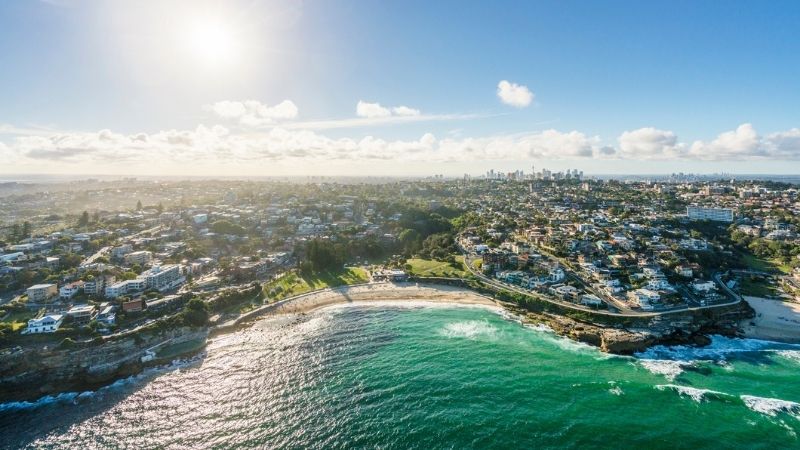Resources
Newsletter
Stay up to date and with the latest news, projects, deals and features.
SubscribeLand supply constraints and the Homebuilder-induced housing boom has led to the cost of residential land skyrocketing at twice the pace of building materials price rises in the past year.
The HIA-Corelogic quarterly residential land report analysing transactions across 51 Australian housing markets has shown building material costs have increased 4 per cent during the past year, while land prices have increased 8.5 per cent.
HIA chief economist Tim Reardon said a shortage in building materials and land supply constraints had boosted prices significantly during the past 12 months.
“The cost of residential land has risen more than twice as fast as the cost of building materials during the past year,” Reardon said.
“The shortage of building materials has caused delays to home building across the country and added 4 per cent to the cost of homebuilding in 2020-21, according to the Australian Bureau of Statistics.
“At the same time, the cost of residential land prices rose by 8.5 per cent, adding further to the cost of new home building.”
The surge in demand for land has spurred prices to new heights in Sydney, which experienced a 27.1 per cent rise in the past year.
“The strength of demand for land is set to continue throughout 2022 and into 2023,” Reardon said.
“As land is a key component of housing, this increase in price has been a key driver of the rising cost of homes and the decline in housing affordability.
“There is little the Federal and state governments can do to improve global supply chains and improve the availability of building products, but they are in direct control of the volume of land available for home building.
“Ensuring there is an adequate supply of land to meet housing demand is a key responsibility of state and territory governments and one of the necessary steps to addressing the affordability challenge.”

Corelogic research director Tim Lawless said the number of greenfield land sales had dropped recently due to less stimulus measures and a scarcity of supply.
“The HomeBuilder grant saw demand for vacant land brought forward, with land sales surging through the second half of 2020,” Lawless said.
“The more recent trend has been a slowdown in land sales but a surge in detached housing construction as the nation moves into the early stages of what is likely to be an extended period of residential detached housing construction.
“The sharp rise in vacant land prices during the year, together with rising construction costs, will place further upwards pressure on the cost of new housing.”
Lawless said affordability challenges were “becoming increasingly apparent” across Australia.
Earlier this week Moody’s Investors Service analyst Pratik Joshi warned housing affordability would worsen over the next six months due to property price rises and wage stagnation.
House affordability dropped much more than apartments, particularly in Sydney where house prices have grown more than 20 per cent during the past year.
"In Sydney, house affordability is worse than at any time in the past decade,” Joshi said.
“Based on our modelling, Sydney will reach its worst housing affordability in 10 years if prices increase by 4.6 per cent or if average mortgage lending rates rise by just 0.42 percentage points to 3.87 per cent.
“Australia on average would reach its worst affordability in a decade if housing prices increase by 15 per cent or if the mortgage lending rate rises to its average for last 10 years of 4.79 per cent.”